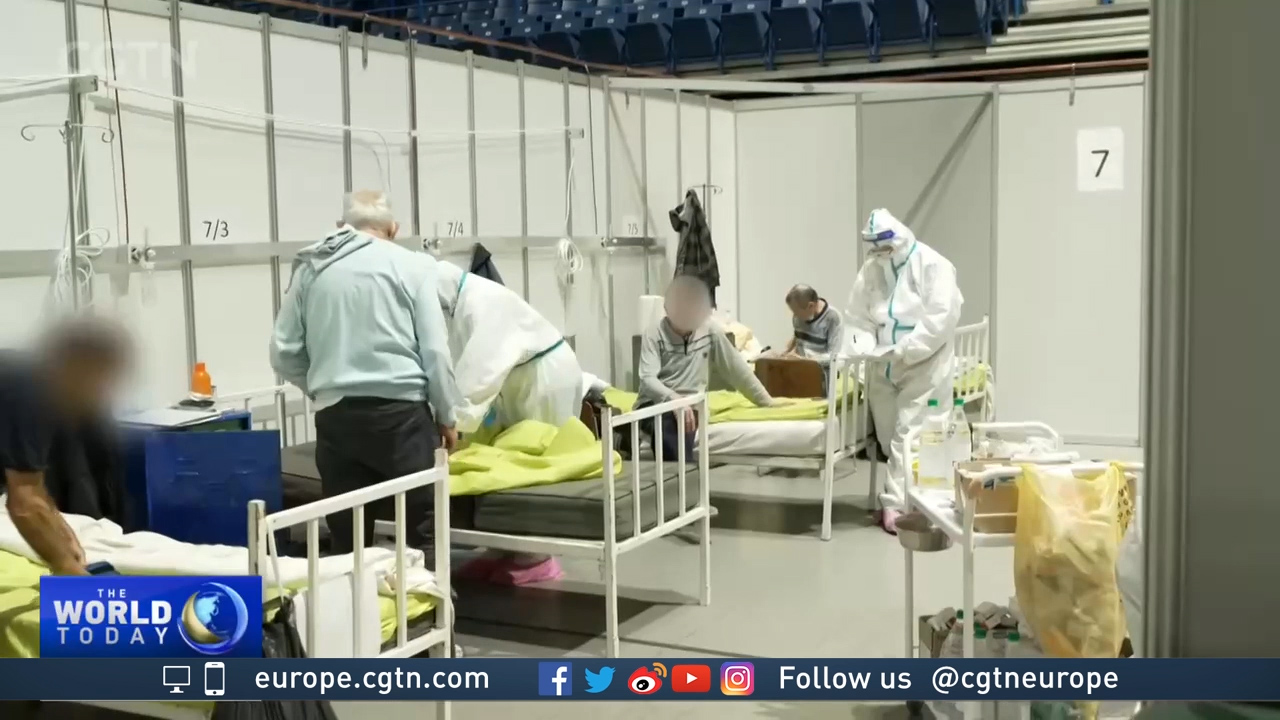02:42

For weeks now, Serbia has recorded very high numbers of COVID-19 cases – most days it is between 6,000 and 8,000 people testing positive.
But the country's leadership insists it will not return the nation to a state of lockdown or employ restrictive measures to contain the latest wave of the pandemic.
It was the message that Prime Minister Ana Brnabic shared with journalists after the government's crisis management officials met in Belgrade.
She took full responsibility for the decision, which was in defiance of the country's leading medical experts, who said the country should again be locked down.
READ MORE:
Saving life on Earth: The Agenda
La Palma volcano issues huge lava slabs
Zoo BioBanks aim to recapture diversity
One of the reasons for not accepting their advice, said Brnabic, was the impact on the economy.
But even with no lockdown, the economy suffers as 8,000 people a day have to go into isolation because of COVID-19.
Pavle Draca is the owner of a small heating company in the capital Belgrade. It is a busy time for the firm, with winter knocking at the door but the coronavirus-related staff absences create a problem for the company.
"One of our colleagues is right now on sick leave, as he and his entire family have COVID-19. So he's now at home in isolation. And we need his help in our team as a very important member. We have had those situations since the last year," Pavle said.
"I had COVID-19, too. And even when someone has an ordinary cold and we don't know what it is, the colleague is automatically on sick leave."
Serbia currently has one of the highest infection rates in the world. And experts believe the actual number of those infected may be higher than the official figures.
CGTN Europe counted more than 40 people queueing in line at just one testing center in Belgrade to take a PCR test for COVID-19. And there are hundreds of centers like that all over the country.
Official statistics indicate that most new infections are among unvaccinated people, and only 54 percent of Serbs have opted to receive a jab so far.
"What is necessary is vaccination, vaccination, vaccination," Brnabic said in Belgrade during her address to journalists.
"The vaccination against the coronavirus is the only, answer to the pandemic. If we would impose the restrictive measures, we'd only prolong the agony and postpone the resolution."
Although not directly admitted, it seems that Serbia has decided to follow the Swedish model of tackling the pandemic, by deciding on no more lockdowns and no more devastating blows to the economy. From now on, everything will be focused on persuading people to take a jab.

